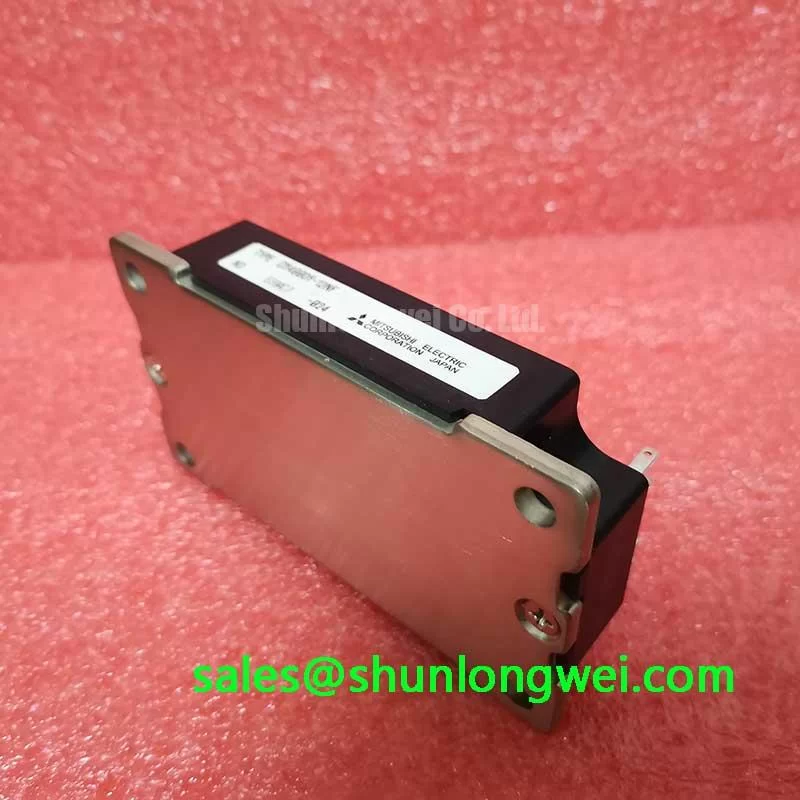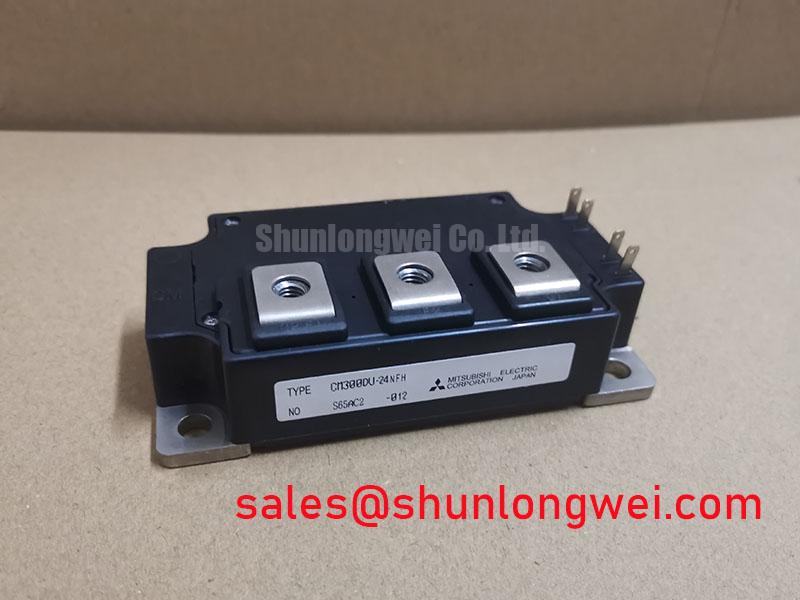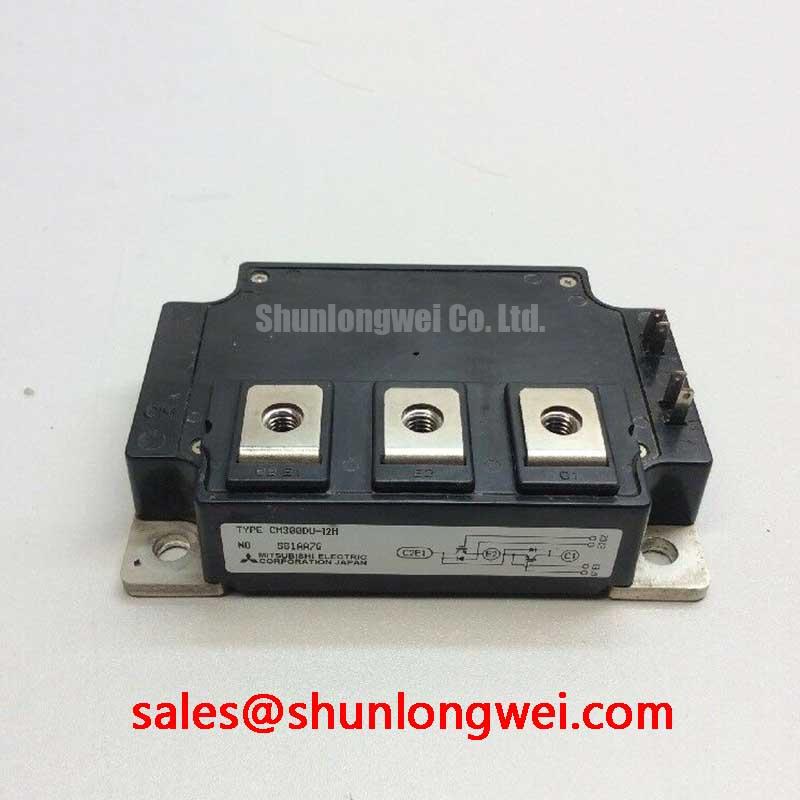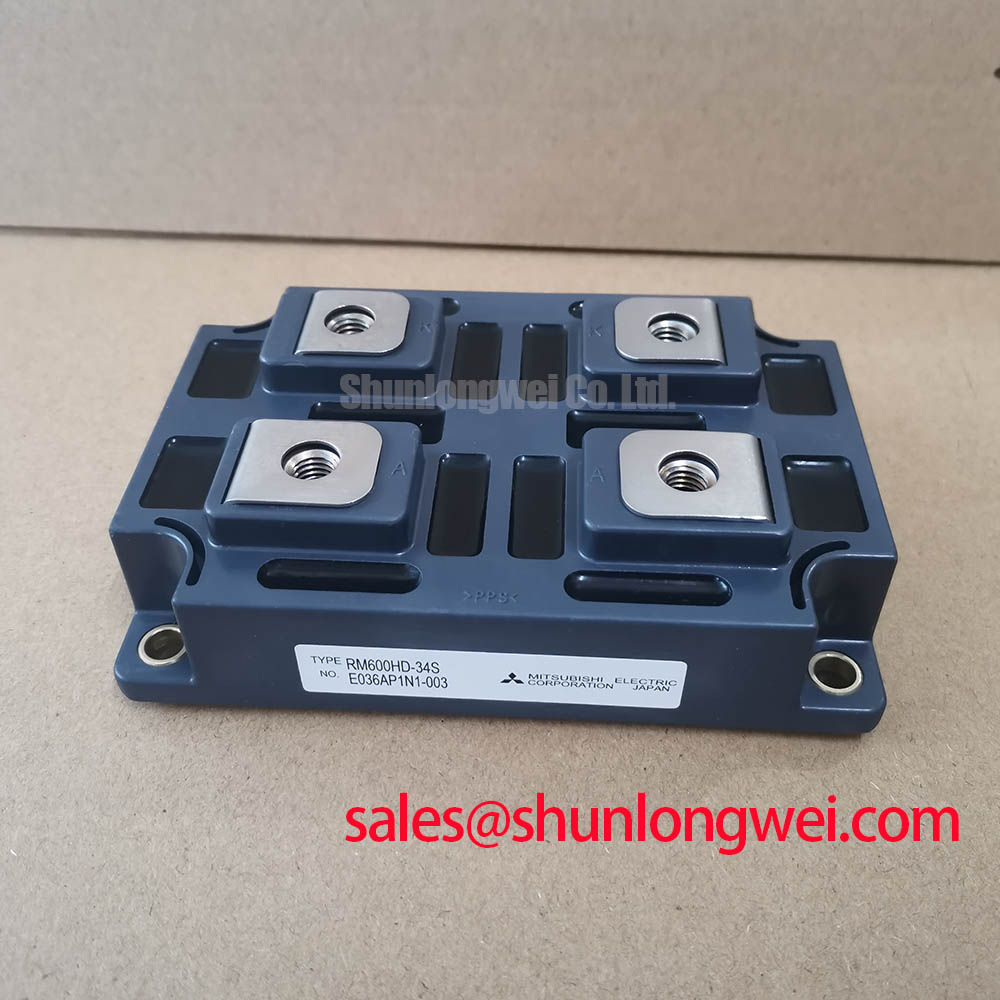Content last revised on November 13, 2025
Mitsubishi CM400DY-12NF | A Workhorse 1200V/400A Dual IGBT Module for Industrial Drives
The Mitsubishi CM400DY-12NF is an industry-standard dual IGBT module engineered for robust performance and exceptional reliability in demanding power conversion applications. This module isn't about chasing the highest switching frequencies; it's about delivering consistent, long-term service in the high-power industrial systems that form the backbone of modern manufacturing and infrastructure.
- Configuration: Dual (Half-Bridge) Circuit
- Ratings: 1200V Collector-Emitter Voltage (VCES), 400A Collector Current (IC)
- Core Technology: Features Mitsubishi's proven Trench Gate CSTBT™ (Carrier Stored Trench Gate Bipolar Transistor) technology.
- Primary Applications: Ideal for general-purpose inverters, AC servo drives, Uninterruptible Power Supplies (UPS), and welding equipment.
Key Electrical Characteristics (Tj = 25°C)
For a comprehensive overview of all operational parameters, engineers can download the full CM400DY-12NF datasheet.
| Parameter | Symbol | Value |
|---|---|---|
| Collector-Emitter Voltage | VCES | 1200 V |
| Collector Current (DC) | IC | 400 A |
| Collector-Emitter Saturation Voltage | VCE(sat) (typ.) | 1.8 V (at IC=400A) |
| Forward Voltage (FWDi) | VEC (typ.) | 1.7 V (at IE=400A) |
| Short-Circuit Withstand Time | tsc | 10 µs |
| Maximum Junction Temperature | Tj(max) | 150 °C |
Technical Deep Dive: The Engineering Behind the Reliability
The performance of the Mitsubishi CM400DY-12NF is rooted in its mature and optimized chip technology and packaging. Two elements are particularly critical for its target applications:
- Mitsubishi CSTBT™ Technology: This trench-gate design represents a significant evolution in IGBTs. By creating a carrier storage layer deep within the drift region, it dramatically reduces the collector-emitter saturation voltage (VCE(sat)) without a proportional trade-off in switching speed. For an engineer, this translates directly to lower conduction losses, reducing the thermal load on the module and improving overall system efficiency. This is a key reason for its longevity and popularity in motor drives where the device spends significant time in the on-state.
- Robust Thermal Management: The module is built on an insulated metal baseplate designed for efficient heat transfer to a heatsink. Its low thermal resistance from junction to case (Rth(j-c)) is crucial for managing the heat generated during high-current operation. This robust thermal design ensures the module operates reliably within its Safe Operating Area (SOA), even under stressful load cycles, enhancing the overall system's lifespan.
Application Scenarios & Value Proposition
The CM400DY-12NF excels where reliability and cost-effectiveness outweigh the need for cutting-edge switching speeds. Its value is demonstrated in several core industrial applications:
- Variable Frequency Drives (VFDs): In motor control, the low VCE(sat) minimizes power loss, directly contributing to energy savings. The module's high short-circuit withstand time and rugged construction provide the durability needed to handle inductive load switching and potential fault conditions common in industrial environments.
- Uninterruptible Power Supplies (UPS): For critical power systems, reliability is non-negotiable. The CM400DY-12NF's proven track record and robust thermal performance ensure dependable operation, safeguarding critical infrastructure from power disturbances.
- Welding Power Supplies: Welding applications subject components to high current pulses and thermal stress. This module's ability to handle high peak currents and its effective thermal cycling capability make it a go-to choice for building durable and long-lasting welding equipment.
Strategic Advantage in Mature Industrial Designs
While newer SiC and GaN technologies dominate conversations about next-generation power electronics, the Mitsubishi CM400DY-12NF holds a crucial strategic position. For systems operating in the lower-to-mid frequency range (up to ~15-20 kHz), the performance benefits of wide-bandgap semiconductors may not justify their higher cost and the complexity of their gate drive requirements. This module offers a "fit-for-purpose" solution, providing an optimal balance of performance, proven reliability, and total cost of ownership (TCO) for a vast range of established industrial applications. It allows designers to leverage a mature ecosystem of compatible gate drivers and system knowledge, reducing development time and risk. For a deeper analysis of different power semiconductors, see our guide to power semiconductor selection.
Frequently Asked Questions (FAQ)
Q1: Can the CM400DY-12NF be paralleled for higher current capacity?
A: Yes, paralleling is a common practice with these modules. However, successful implementation requires careful attention to symmetrical layout to ensure current sharing, both static (due to VCE(sat) variations) and dynamic (due to stray inductance in the busbars and gate circuit). A positive temperature coefficient of VCE(sat) at high currents aids in balancing, but layout is paramount.
Q2: What are the key considerations for its gate drive design?
A: A robust gate drive is critical. Key considerations include: 1) Providing a stable +15V turn-on and a -8V to -15V negative turn-off voltage to ensure full enhancement and prevent parasitic turn-on. 2) Using a low-inductance connection with twisted pair wires and a dedicated robust IGBT gate drive design as close to the module as possible. 3) Implementing a Miller clamp circuit can be beneficial to hold the gate low during high dV/dt events.
For specific application advice or to discuss your power design needs, please contact our technical team for expert consultation.












